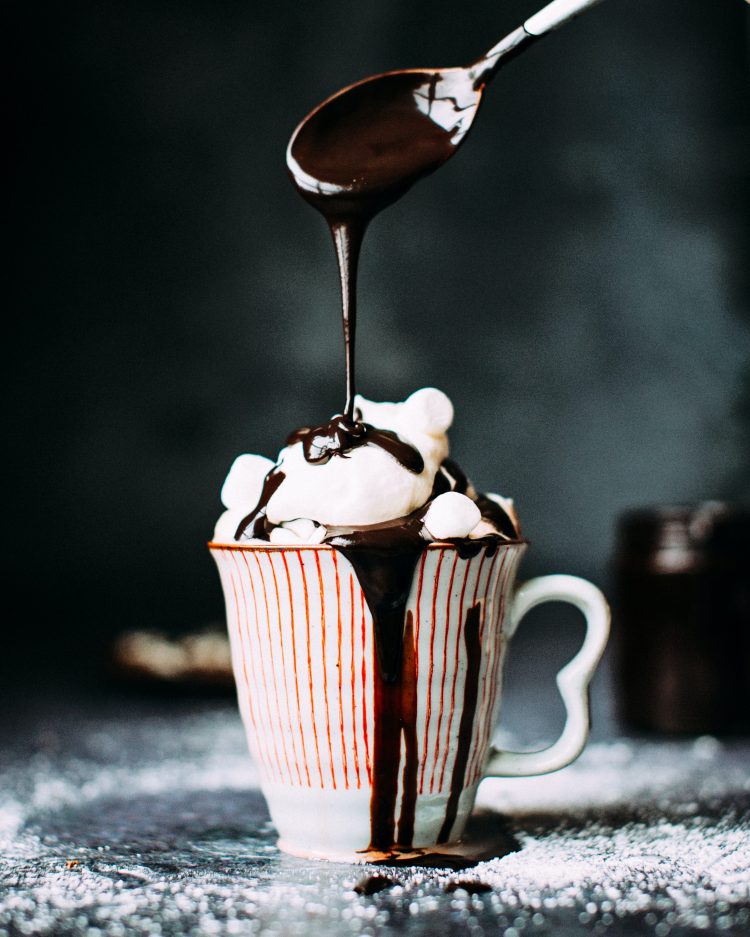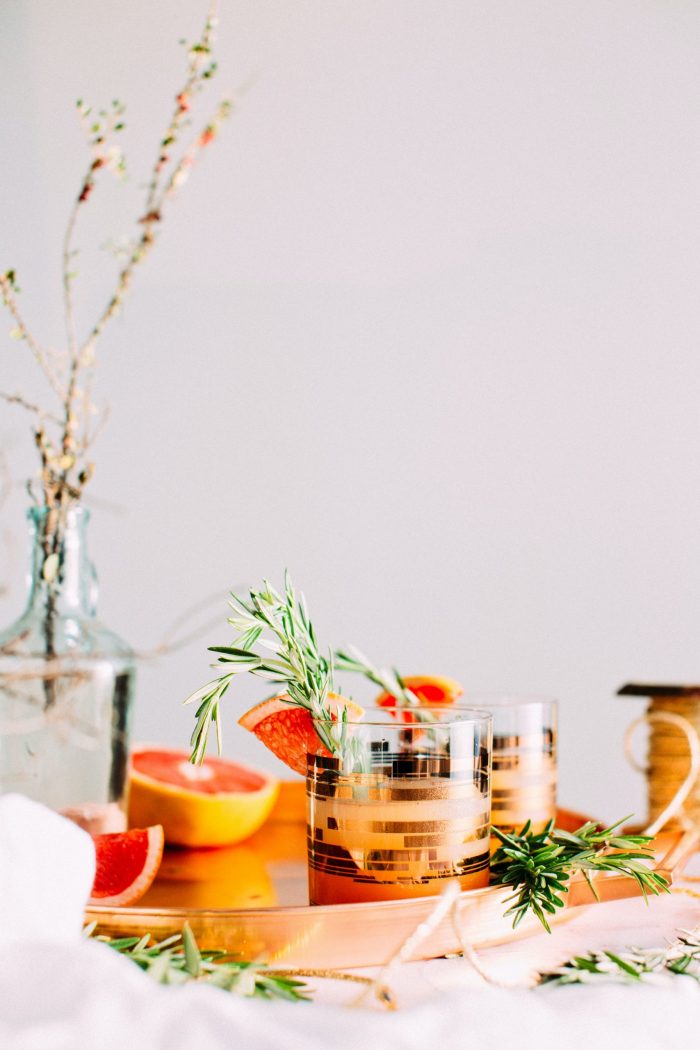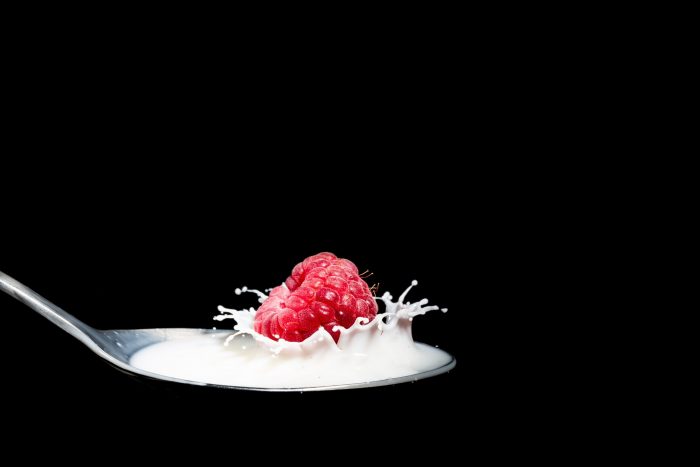Step Away From My Spoon
Q.
Do you have a favourite dessert spoon? Does spaghetti taste that much better when you’re using your fork?
Stressful situations can make us more territorial, but why do some people insist that specific foods taste better with cutlery of a specific size, shape, weight, even colour?
.
A.
We know that cutlery has long featured in matters of ‘high class etiquette.’ Countless movies zoom in on interlopers who out themselves by using the wrong spoon in the wrong way.
In her 1922 Book of Etiquette, Emily Post offered strict cutlery dictates. The Hostess of Charm, Post declared, must be working with ‘faultlessly laundered linen, brilliantly polished silver.’
‘Then on the left of each plate, handle towards the edge of the table, and prongs up, is put the salad fork, the meat fork is put next, and then the fish fork and that for the roast and the salad fork is left to be brought in later. On the right of the plate, and nearest to it, is put the steel meat knife, then the silver fish knife, the edge of each towards the plate. Then the soup spoon and the then the oyster fork or grape fruit spoon. Additional forks and knives are put on the table during dinner.’
Bon appetit?
.
.
How would Ms. Post feel if she saw social bubble co-inhabitants fighting over seemingly identical fish forks?
And imagine how much more complicated Emily Post’s faultlessly brilliant table service would be if she had seen Vanessa Harrar and Charles Spence’s 2013 study from Oxford University. Their title says it all: ‘The taste of cutlery: how the taste of food is affected by the weight, size, shape, and colour of the cutlery used to eat it.’
Now, Harrar and Spence would already be in dining detention for a) using plastic spoons and b) serving yoghurt to their study guests. But what they found might interest Miss Post.
The Oxford researchers discovered that tampering with the physical properties of their un-silver spoons affected the participants’ impressions of how the food tasted.
• Diners eating from an unexpectedly heavy teaspoon – weighing three times more than usual – liked the yoghurt the least. They rated it as less dense and less expensive, though they did find it sweet.
• On the flip side, those eating the same yoghurt from spoons that were visually identical but lighter rated their yoghurt as tasting denser and more expensive.
.
.
• Using a blue spoon led participants to rate their pink yoghurt as saltier. This follows up on past research showing that subjects rated unsalted popcorn as tasting salty when they ate it from a blue bowl.
• Those eating their yoghurt from black spoons rated it less sweet than those using white spoons.
• In other dairy news: Oxford subjects who sampled cheese directly from a knife rated it as saltier than those who tasted identical cheese from a fork, spoon or toothpick.
While Oxford researchers work on the ‘why’, we can be a little more patient with those who insist that they cannot possibly enjoy a bowl of ice cream until they have found their spoon.
www.justcurious.ca
Photos 1 and 3 by Jennifer Pallian
Photo 2 by Pascal Meier










